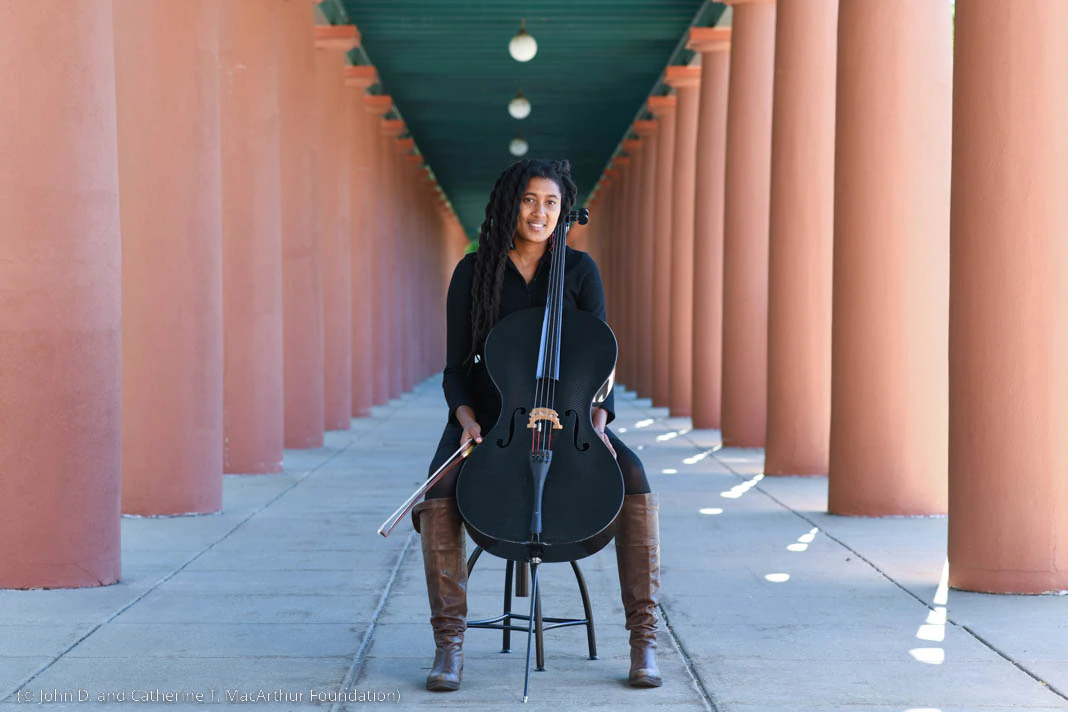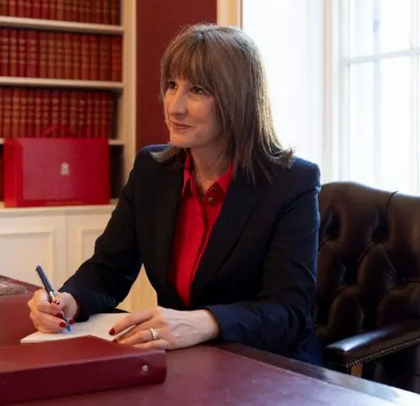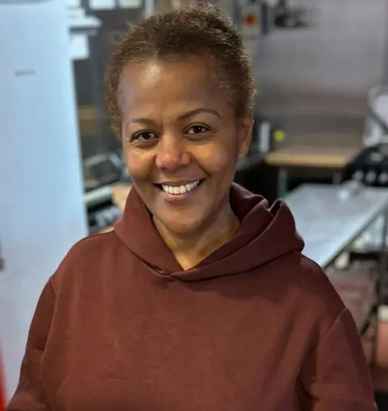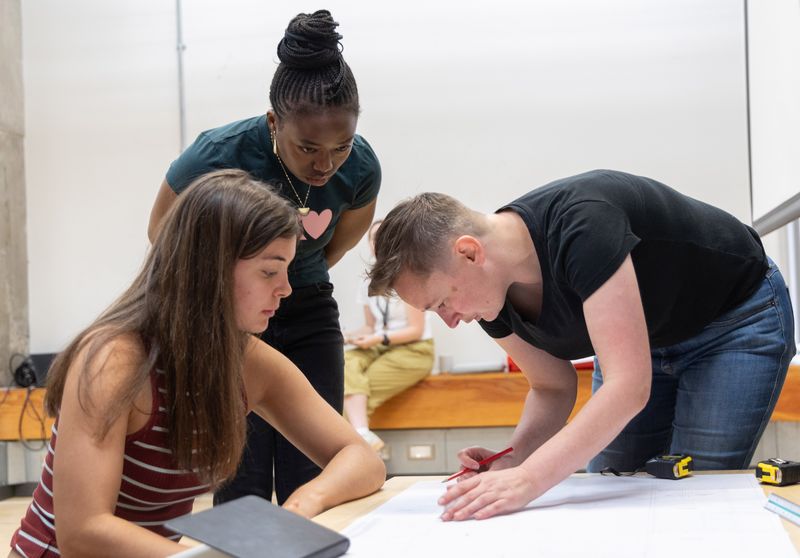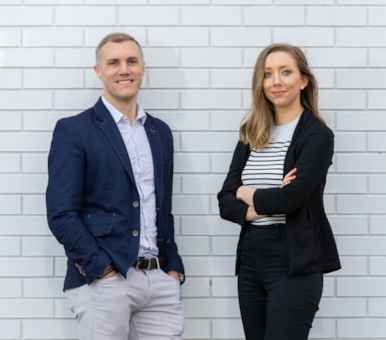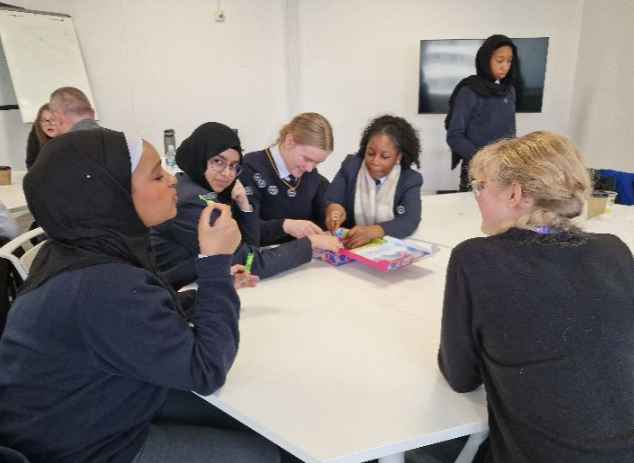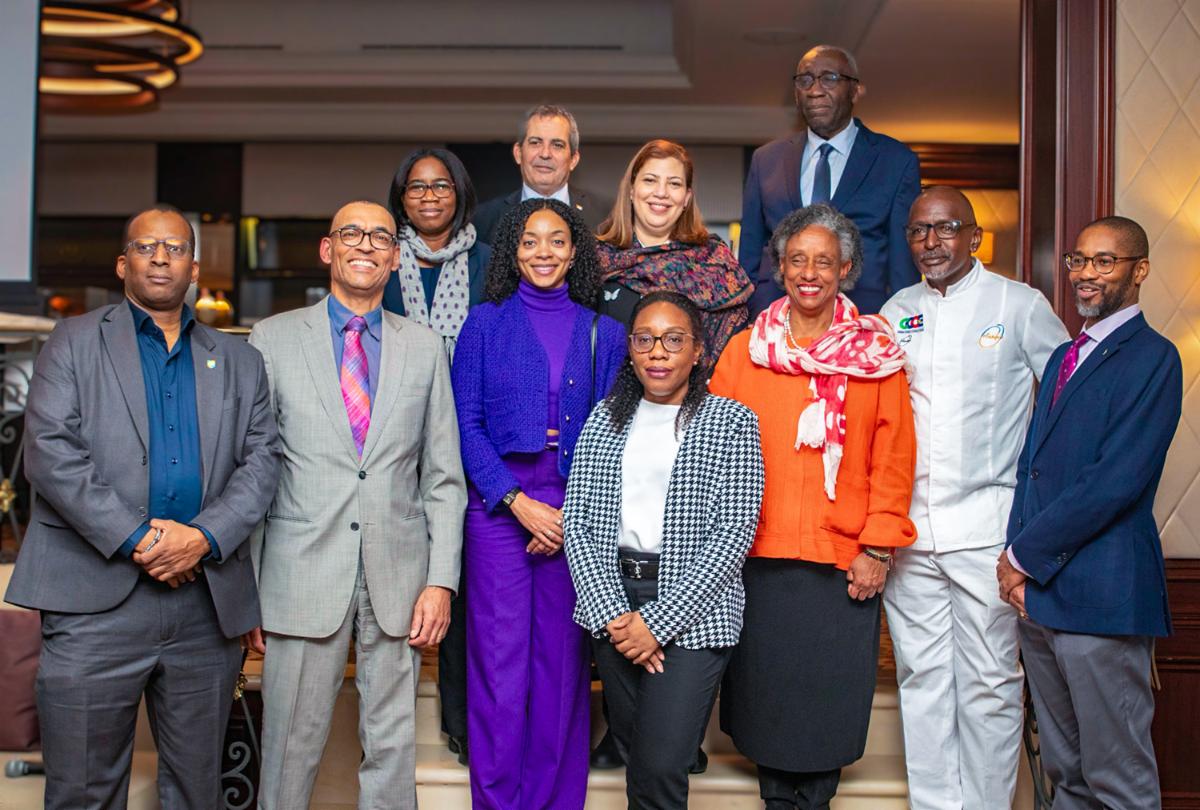Scientists, musicians and scholars are among those honoured for their “exceptional creativity in their work” in the United States with the prospect for still more in the future. Each year the Chicago-based John D. and Catherine T. MacArthur Foundation recognizes individuals “on the precipice of great discovery or a game-changing idea.”
Each of this year’s 25 recipients will receive an $800,000 grant, spread over five years, with no obligations. The fellowships are widely known as “genius grants,” although the foundation avoids the term. Individuals cannot apply for the award; they must be nominated.
Tomeka Reid, a jazz cellist and composer in Chicago, honors jazz’s traditions while experimenting with new sounds. She uses different techniques to produce textured sounds, such as attaching pencils or clips to the strings or making use of the percussive qualities of the body of the cello.
She is trained in the Western classical tradition, but also fluent in musical modes rooted in the African diaspora and avant-garde minimalism.
In 2013, Reid founded the Chicago Jazz String Summit, an annual, three-day event that pays tribute to string instruments.
“What interested me in music from the beginning was the nature of collaboration,” she said. “I really like the idea of working together to create something beautiful.”
An environmental engineer at the University of Georgia, Jenna Jambeck explores ways to reduce global plastic waste pollution. Jambeck and her colleagues in 2015 provided the first estimate of the amount of plastic waste entering the ocean each year: 8 million metric tons.
Since then she helped create the Marine Debris tracker mobile app, which enables people to describe the types and quantities of plastic debris in their communities. The open-access data informs research and education efforts.
“That’s what I hope my work and open data can help to change — so communities can choose what is best for their context, making the power of choice inclusive and accessible to all,” she said.
June Huh, a mathematician at Princeton University in New Jersey, combines diverse branches of math to solve complex problems. His work blends algebraic geometry and combinatorics, two branches long considered distinct.
Despite the subjects’ complexity, Huh communicates in clear terms so his findings can be used in other fields including computer science, representation theory and probability theory.
“We are constantly discovering the new mathematical structures,” he said. “They have the kind of internal consistency and that external beauty that makes you think they were there before we noticed them,” he said.



